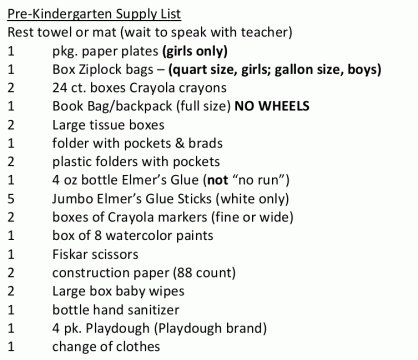Ordinarily something like a CodeinWP Transparency Report #8 wouldn’t be noteworthy. But the report goes on to describe how the company in question, ThemeIsle, “lost $30,000 due to a single line of CSS.”
Reading on further, what the report is alluding to is that this company which sells WordPress themes at one time offered three different options: one theme with one year of support for $67, access to all themes with two years of support for $99 (marked down from $123, which is possibly a “fake” regular price), and access to all themes with lifetime support for $199. By getting rid of the least expensive option, thus forcing customers who just want one theme to pay another $32, they aren’t “losing” this $30,000 any more.
If this seems outrageous, that’s because it is. It’s not unlike, say, Taco Bell taking a la carte drinks off the menu and then offering a combo with only nachos and a drink for about what both would cost a la carte (say $2.59 or so), for the customers that want “just a drink.” How long would Taco Bell last with this policy? Customers would leave in droves for McDonald’s or Wendy’s or just about anywhere else.
Sure, for the developers who will eventually use two or three of the themes, the middle option is a better deal. But for the rest of the people? Honestly, I’d be more inclined to just use a free theme or a less expensive commercial theme.
Also, there is the issue of the “fake markdown” from $123 to $99. That really needs to go, unless at some point that option will become $123 again. This is the kind of thing that gives marketing a bad name. That, to me, reeks of the odious odor of obnoxious and unscrupulous furniture and car salespeople. If they are going to be sold commercially (which apparently they will be for at least the immediate future), WordPress themes shouldn’t be sold with lame tricks like this.
The post I’m commenting on is from late November and references sales figures from September and October. So apparently, this “fake markdown” has been in place since at least September, and is still there today (in December). Will the price ever go back up to $123? (Was it ever $123 to begin with?) If so, when? If not, get rid of “$123.00” with the line striking through it again. (And next time, don’t try to make it look expensive by putting the “.00” in there, when every other price on the board is a round dollar amount with no cents. That’s also unethical.)
Rather than “lost $30,000 due to a single line of CSS”, I would characterize this as “didn’t realize there was $30,000 to be made by questionable if not outright unethical means.” I’m not suggesting not to buy from ThemeIsle specifically, but this should be kept in mind before buying commerical WordPress themes from anyone.

